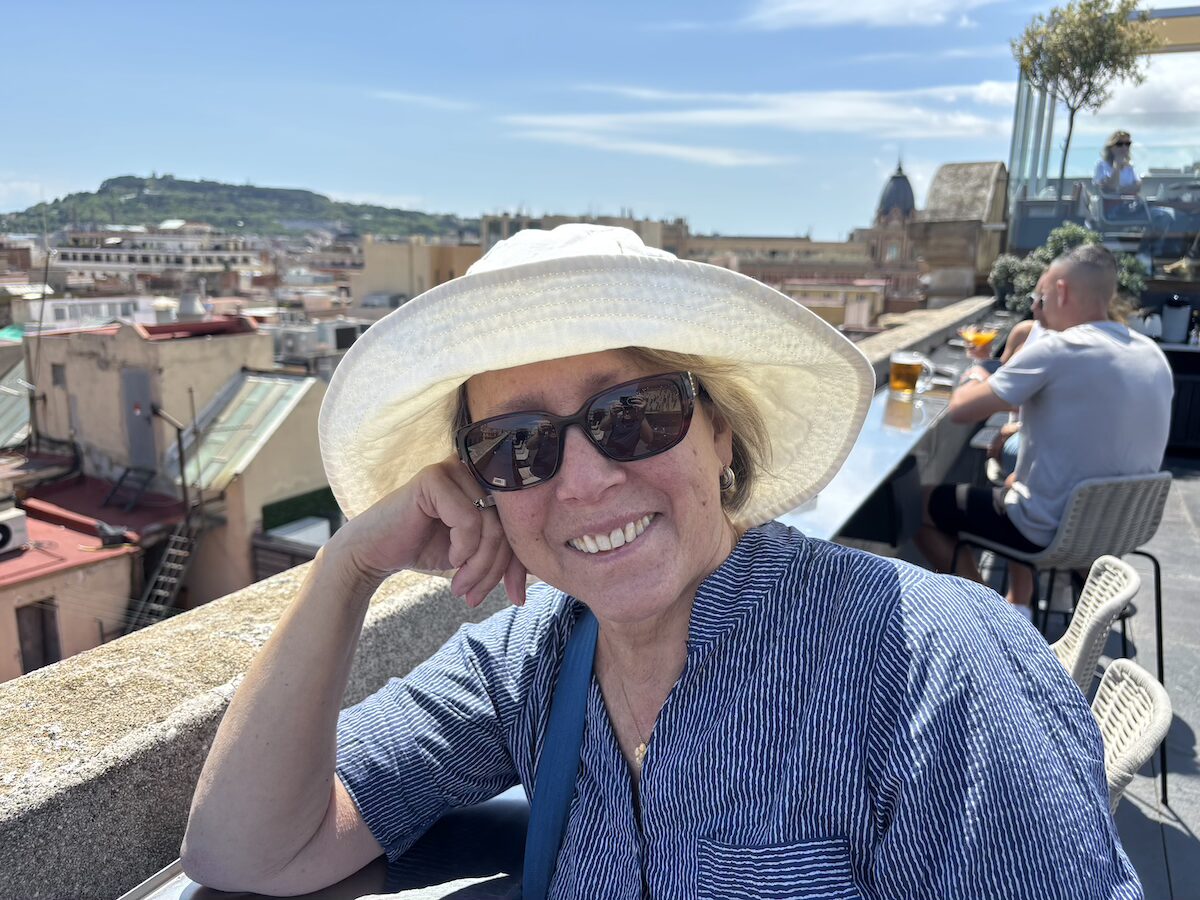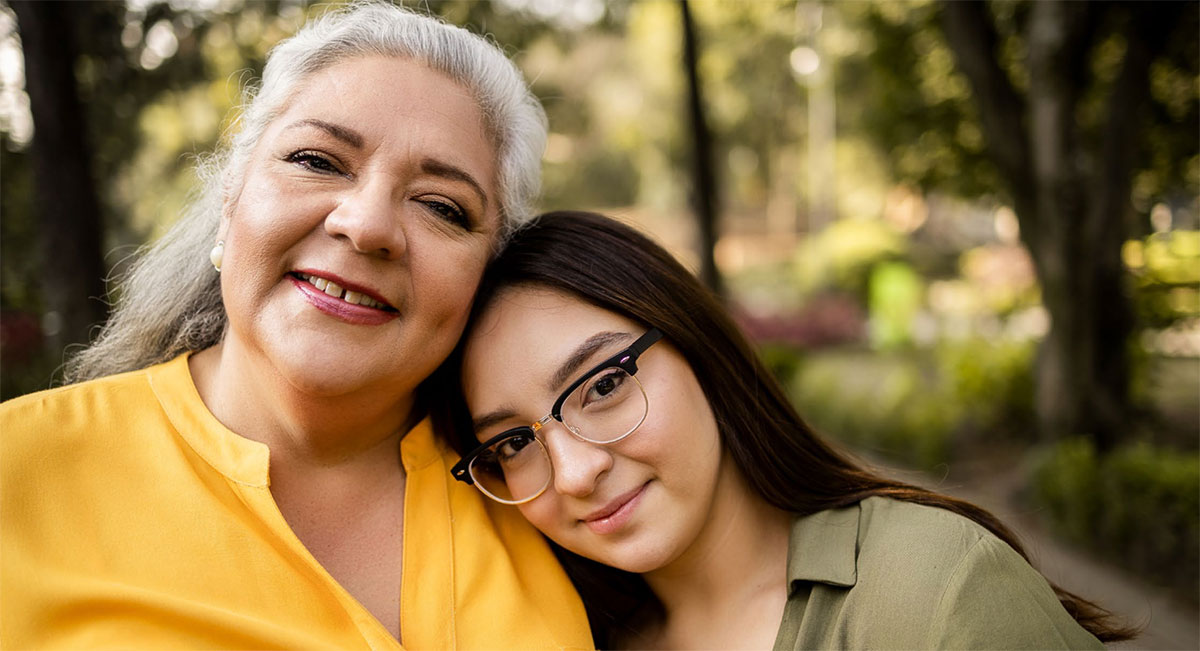
Dr. Mitchell Ho is a Principal Investigator and Head of the Antibody Therapy Unit in the Laboratory of Molecular Biology at the National Cancer Institute. He is a 2007 recipient of OCRF’s Individual Investigator Award.
Sarah DeFeo: Tell us a little about yourself and how you became interested in ovarian cancer research.
Dr. Mitchell Ho: In 2008, I was recruited to the National Cancer Institute (NCI) as a Principal Investigator in order to form the new Antibody Therapy Section in the Laboratory of Molecular Biology. My interest in ovarian cancer research developed after my postdoctoral work in mesothelin, a novel biomarker in ovarian cancer.
SD: Your research project looks at something called Mesothelin. In lay terms, can you explain what mesothelin is, and why it is important in ovarian cancer research?
MH: Mesothelin is a new biomarker that is highly expressed in ovarian cancer. It was discovered to bind to another well-established ovarian cancer biomarker, CA125 (also known as MUC16). The novel interaction between mesothelin and CA125 may play an important role in the tumorigenesis of ovarian cancer in the periotoneal cavity. Therapeutic agents that are able to bind to mesothelin or CA125 and block its interaction may be useful in treating malignant ovarian tumors in women.
SD: What do you hope the outcomes of this project will be?
MH: I hope to develop novel therapeutic monoclonal antibodies using cutting-edge antibody engineering technology for the treatment of ovarian cancer. As of today, a high affinity human monoclonal antibody specific for mesothelin-expressing or CA125-expressing ovarian cancer cells is not available. Although several mouse monoclonal antibody-based therapies have been developed, they have been problematic: they may generate additonal health problems in a patient, or may be ineffective. For that reason, a fully human antibody may be more effective for cancer therapy. In my application for the OCRF grant, I proposed to develop a novel, fully human antibody to mesothelin as a new therapy for ovarian cancer – that’s what I’m working on now. Recently, we have successfully isolated a novel human monoclonal antibody. Our preliminary results have been very promising, and this newly identified human antibody holds potential for cancer treatment.
SD: You are the recipient of OCRF’s $100,000 Individual Investigator award. What impact has OCRF funding had on your ability to pursue ovarian cancer research?
TW: I have developed several cutting-edge antibody engineering methods to isolate and improve therapeutic antibodies, and was looking for the opportunity to further apply my expertese in antibody engineering. The support of the OCRF has allowed me to significantly focus my career on ovarian cancer. At this moment, I am joined by one postdoctoral fellow and one graduate student who are directly involved with my work on the OCRF grant. Our intramural program at NIH strongly encourages training through open-minded thinking, novel solutions to difficult issues, and strength in collaboration. My students are thus very excited about the development of new human antibodies against ovarian cancer, and it’s wonderful to see young people getting interested in this field. Together we are working on several different approaches in order to enhance the cancer-killing abilities of such antibodies.
Although there is much potential ahead, such progress truly cannot be accomplished without the generous efforts of each and every one of our supporters in OCRF. Although ovarian cancer is less common than breast cancer, it is more deadly, and it is so important that we extend public interest and research funding. I believe that OCRF and the ovarian cancer community should — and will — continue to play a vital role in supporting and advocating ovarian cancer research.
SD: What do you see as the biggest challenge in ovarian cancer research?
TW: As it is the most lethal gynecological cancer, I find that the biggest challenge in ovarian cancer research lies in detecting the disease in its earlier stages. The overall 5-year survival rate for ovarian cancer has not improved over the last three decades. The failure to improve the prognosis for women with ovarian cancer is mainly attributable to the lack of a reliable marker for early-stage disease. CA125 is a well-known biomarker of ovarian cancer, but it appears less effective in the early stages of the disease. Thus, more work needs to be done in order to find better biomarkers for diagnosing ovarian cancer at an earlier stage.
Another major challenge involves understanding drug resistance in ovarian cancer. Recent studies indicate that mesothelin and CA125 may modulate the sensitivity of ovarian cancer cells to drugs. More resarch is needed to focus on learning about the molecular mechanisms responsible for drug resistance. In addition, we are also developing new tumor models in vitro. Traditionally, cancer biologists have primarily studied cancer for many years by using cancer cell lines grown in two-dimensional monolayer cultures. Although this in vitro cell model is very useful for studying the molecular and cellular mechanisms, it is unsuitable for representing in vivo tumors. More specifically, solid tumors grow in a three-dimensional mode. Since the cancer cells inside these tumors are exposed to various distributions of oxygen and nutrients, they often become more resistant to drugs. In light of this, we have successfully established three-dimensional tumor spheroids in vitro. The in vitro tumors may help us in identifying novel therapeutic targets for treating drug-resistant ovarian cancer in additon to providing a novel platform for screening more effective anti-tumor drugs.


